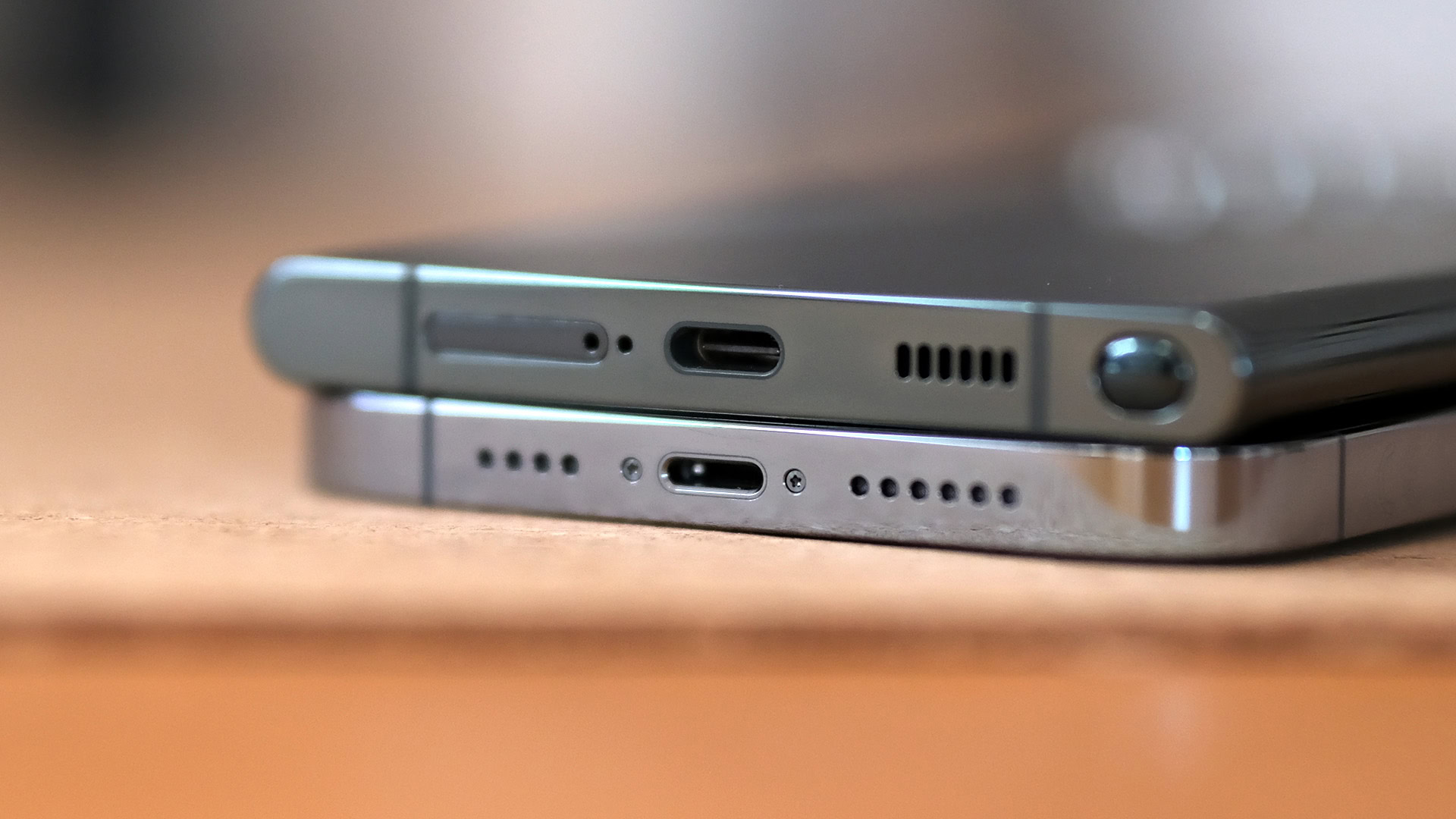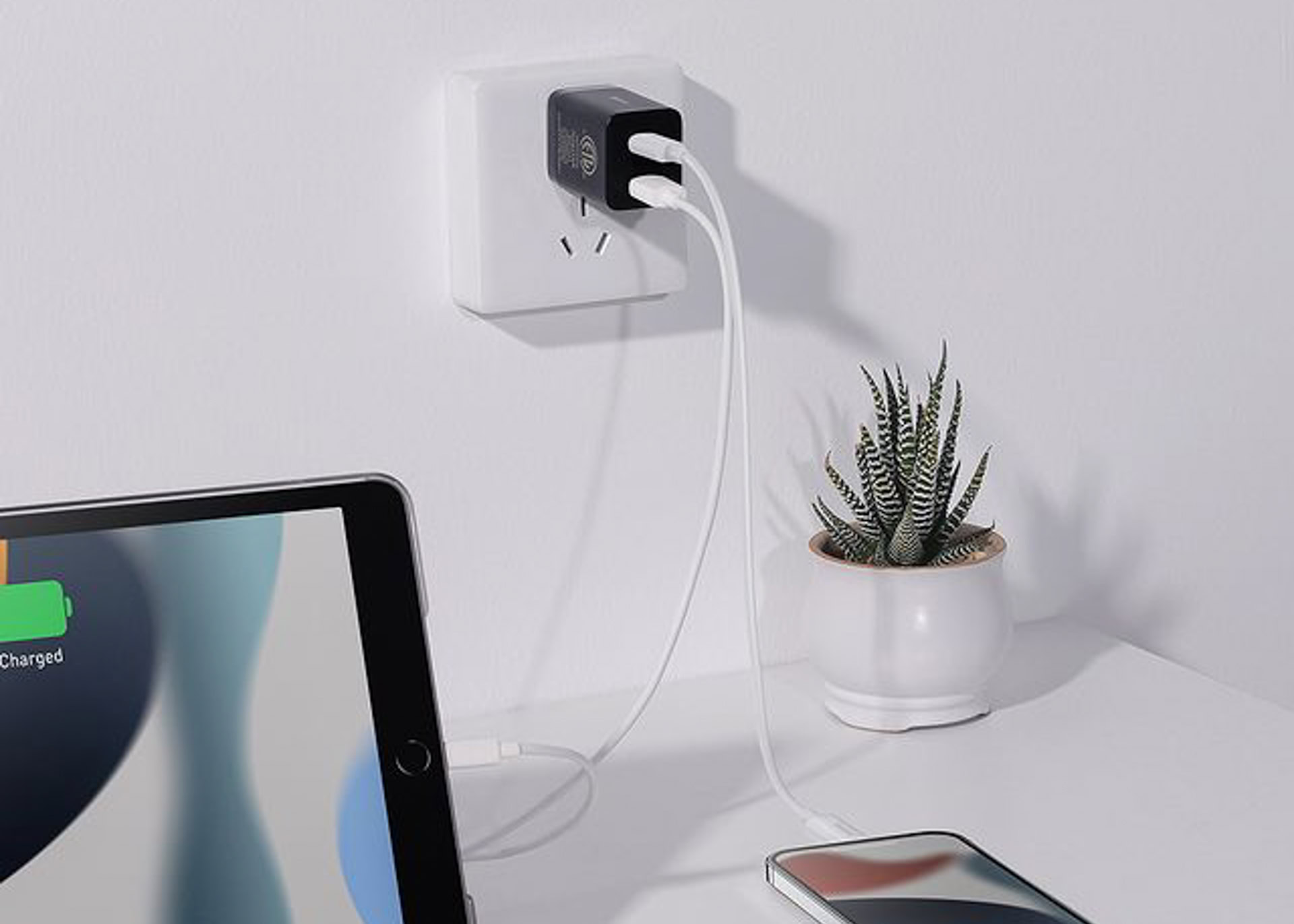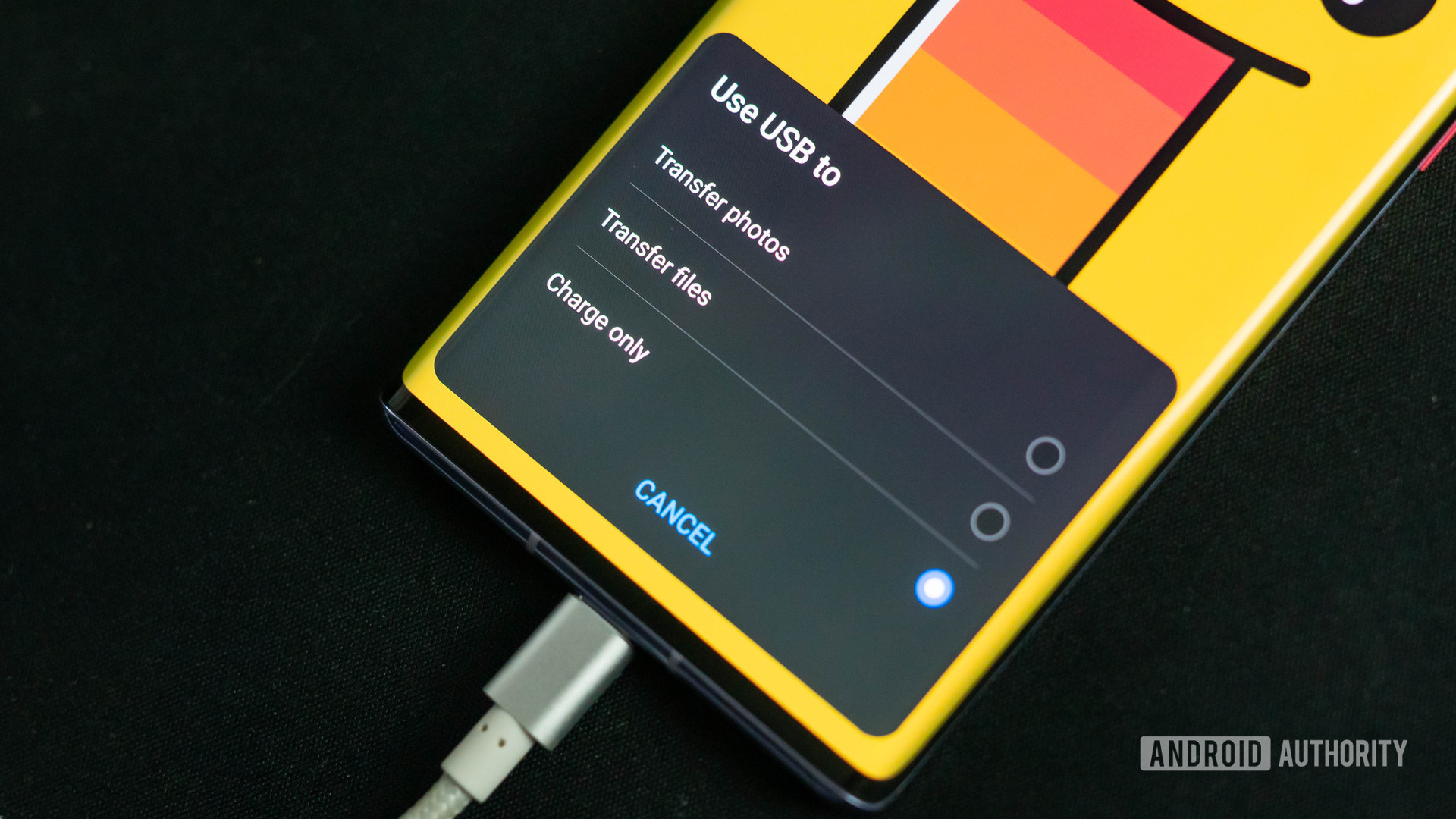Affiliate links on Android Authority may earn us a commission. Learn more.
USB-C vs Lightning: Which one is actually the best?

Even when most of the consumer electronics industry has consolidated around USB-C, Apple continued to use its own proprietary Lightning connector on the iPhone and a handful of accessories like the ever-popular AirPods line for several years. Luckily, that finally changed in 2023 with the release of the iPhone 15 series. But you may wonder, what are the practical differences — from charging power to data transfer speeds between the two ports? So in this article, let’s take a deep dive into the differences separating USB-C vs Lightning and why Apple has made the switch.
USB-C vs Lightning: Which cable charges the fastest?

Between USB-C and Lightning, only the former can supply power to larger electronics like laptops. In fact, USB Power Delivery (USB-PD) was recently revised to support 240W of charging power. But even before that, devices could pull up to 100W with a compatible USB-C cable. That’s a lot higher than the 25W Apple pushes via the Lightning connector.
Moreover, not all Android smartphones rely on the basic Power Delivery standard. A handful of manufacturers also offer their own proprietary charging protocols using the USB-C connector. Examples include OPPO’s SuperVOOC and Xiaomi’s HyperCharge technologies. Both protocols already support charging power above 100W, albeit only on a select few models. Still, with that much power, you can charge up a smartphone from empty to full within 20 minutes.
Lightning doesn't charge as fast as USB-C, but that could be an intentional limitation.
The latest iPhone 15 series still doesn’t exceed 25-27W, at least according to Apple’s spec sheet and tests conducted on previous-gen iPhone models.
Apple’s decision to limit charging power to 25W on the iPhone might be a conservative one to limit heat output in such a small form factor. That said, the company opted to use USB-C on the MacBook Pro and Air series instead – with support for up to 100W charging power. Similarly, the iPad Air and Pro have also moved past Lightning and can charge at speeds above 25W, but not as high as 100W or even 65W.
USB-C vs Lightning: Which cable transfers data the fastest?

Both USB-C and Lightning allow data transfer to and from a computer but at vastly different speeds. Even within the same connector, the exact speed often varies from one device to the next. For example, we know that the Lightning connector is capable of USB 3.0 speeds since it was included in previous generations of the iPad Pro. However, Lightning on the iPhone was always restricted to USB 2.0 speeds.
This meant that the iPhone’s Lightning connector could sometimes be slow enough to bottleneck professional workflows on the iPhone. If you shoot 4K HDR video in Apple’s ProRes video codec, every minute of footage outputs around 6GB of video data. Transferring longer clips at USB 2.0 speeds could easily take an hour or longer. And considering that Apple sold Lightning-equipped devices in capacities as high as 1TB, filling it all up in one go could take a while.
The last iPhones to include Lightning were limited to slow USB 2.0 transfer speeds.
For some context, USB 2.0 offers a maximum transfer rate of just 480Mbps, while USB 3 increases that to a whopping 10Gbps.
With the release of the iPhone 15 series and introduction of USB-C, Apple has once again drawn a line in the sand. The base iPhone 15 continues to keep USB 2 transfer speeds and only the Pro models get USB 3.0. The latter will also support display-out and transfer speeds of up to 10Gb/s.
However, the USB-C connector also supports the latest USB4 specification, which takes transfer speeds up another notch to 40Gbps. Once again, most devices don’t support the fastest speeds. Flagship Android smartphones like the Samsung Galaxy S23 Ultra and Pixel 7 Pro offer USB 3 speeds. However, budget devices like the Galaxy A54 are often limited to USB 2.0 speeds.
Why did Apple insist on Lightning?

Virtually every single Android smartphone on the market now uses USB-C for data transfer and charging. The Lightning connector, meanwhile, was of the iPhone series between 2012 and 2022, even as other Apple devices migrated to USB-C. The company didn’t ever disclose the reasoning behind this decision. That said, some speculated that it could have been to maintain backwards compatibility with several years’ worth of Apple and third-party iPhone accessories.
Lightning also allowed Apple to earn licensing fees through the Made For iPhone/iPad (MFi) program. Third-party accessory makers also have to abide by certain rules, giving Apple much more control over the Lightning ecosystem. On the other hand, manufacturers can implement both USB-C and Power Delivery without paying any licensing fees.
The Lightning connector is not long for this world.
Still, Lightning’s time came to an end when EU policymakers unanimously agreed to mandate USB-C on all new smartphones and tablets sold in the region by 2024. And that is why, the Lightning connector no longer exists on the latest iPhone and beyond.
FAQs
The Lightning port on the iPhone is limited to USB 2.0 speeds. Flagship Android smartphones, on the other hand, have USB-C ports capable of USB 3.0 speeds. USB-C also supports the latest USB4 standard, which can be found on the iPad Pro.
USB-C supports higher charging power than Lightning, thanks to the open USB Power Delivery (USB-PD) standard. In practical terms, USB-C can deliver as much as 240W of charging power, while Lightning currently tops out at 25W.
Yes, Apple has replaced the Lightning port with USB-C, starting with the iPhone 15 series.